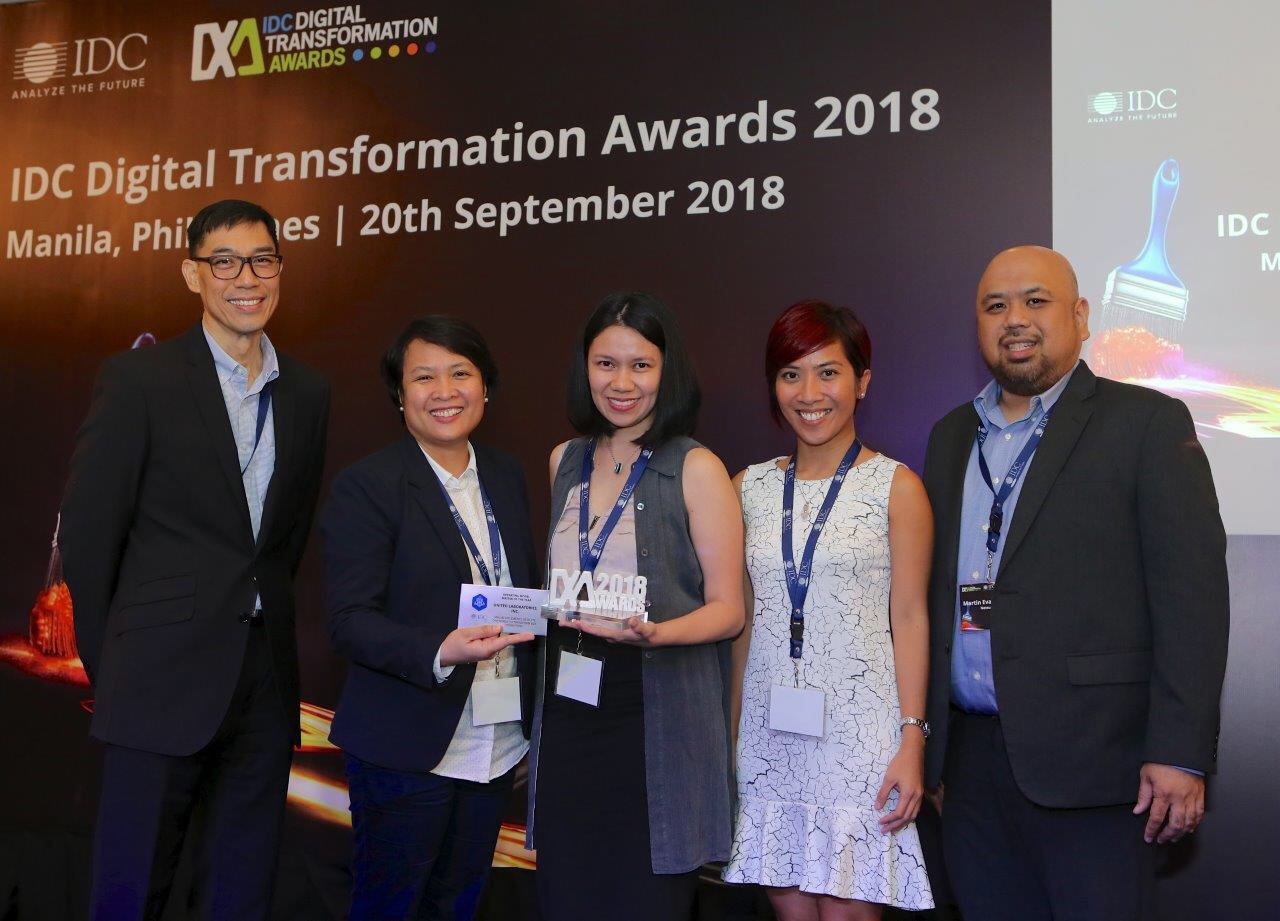Today’s disruptive technologies, such as social media, mobile, analytics and cloud computing, are redefining products, services and markets and are fundamentally transforming how businesses are run. Just as Amazon changed the game in the retail sector and Netflix transformed how we consume videos, companies like AirBnB and Uber are shaking up the hotel and transportation industries.
While many companies are concerned about digital disruption, few are adequately prepared to address it, a recent KPMG global survey found. The survey was conducted with KPMG International member firms’ advisors worldwide who work closely with end‐user organizations.
“The bad news here is that best technology practices are still not widely adopted even after all these years and money spent,” says Bob Hayward, Managing Director of KPMG’s newly created Asia Pacific Centre of Excellence (CoE) for IT Leaders. “The good news is that there is substantial opportunity for most companies to improve how they manage and use disruptive technologies, and to reap significant business benefit once they do.”
Established in November 2014, this new CoE aims to advance industry leading thinking and insights across the Asia Pacific region, and help companies transform their IT capabilities. It is helmed by Hayward, an IT industry veteran and serial digital entrepreneur, who recently relocated to Singapore.
With the hype and noise associated with disruptive technology, many companies are struggling to balance the innovation it brings with the need to simultaneously drive cost competitiveness and increase value‐add to the business.
“The CoE is here to help, by helping companies separate the signal from the noise, articulate a clear business case for digital transformation, and provide an overall framework to operationalize the digital strategy,” explains Hayward.
Creating an enterprise‐wide digital strategy
Knowing where to start is one of the biggest challenges that many organizations face with digital transformation. Without a strategic plan, it becomes all too be easy for a company to go off in too many directions at once, diluting the investment and stretching already constrained skills.
However, only 36 percent of companies represented in KPMG’s survey have a digital business strategy in place in one or more business units. Only eight percent have a digital business strategy that is enterprise‐wide.
Designing the strategy involves defining what ‘digital disruption’ means to the organization at all levels, enumerating threats and opportunities and creating a roadmap for meeting implementation challenges.
“Creating the strategy is a great way for CIOs and their internal clients to start working through all the benefits that new technologies could hold for the business,” says Hayward.
Using agile development processes
When it comes to digital transformation, speed is crucial.
“CIOs need to shift from ‘big bang’ IT projects to the use of agile development processes, which see IT and the business working together on discrete digital initiatives in an incubator or lab‐type environment where ideas can be quickly developed and tested,” says Hayward.
Indeed, agile development processes are fast gaining traction. Almost half of the companies surveyed use agile development processes on 25 percent or more of their Information Technology (IT) projects.
Acquiring required skills a critical challenge
Responding to digital disruption involves implementing innovative technologies that require new skill sets that are in high demand. A large majority of companies cite a lack of critical skills as their biggest challenge in this area.
“Demand for IT capabilities is high but supply is thin. To compete, organizations need to invest in acquiring new skills and improve the maturity and performance of existing capabilities required for digital transformation,” says Hayward.
“Some of these improvements can come through developing existing IT staff, recruiting internally from other departments and leveraging centres of excellence. Others will require acquiring external capabilities whether through direct hiring, outsourcing/contractor relationships or strategic acquisitions. Usually, a mix of these options is needed to extract full value from digital transformation efforts.”
Thriving amid disruption
What can organizations do to thrive in an era of digital disruption? One of the most important things CIOs can do is to take leadership roles in transforming their enterprises into agile digital businesses.
Given the magnitude of the impact that digital disruption is likely to have and the significant organizational change effort required for transformation, digital business strategy cannot do without clear executive leadership.
“The CIO is uniquely placed to understand both the technological and information needs of each part of the organization,” says Hayward. “By combining this perspective with knowledge of emerging technologies in the form of a comprehensive digital business strategy, CIOs can drive value for the company. At the same time, they can elevate their own role from that of IT service provider to digital business strategist.”











































































































